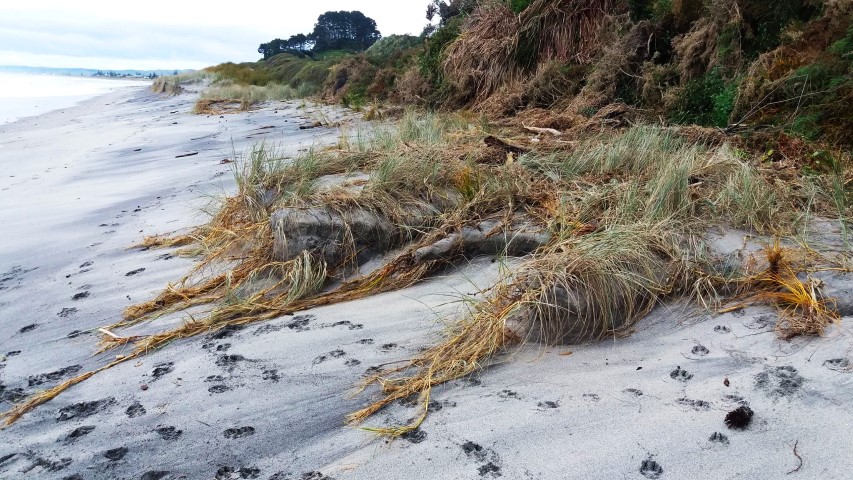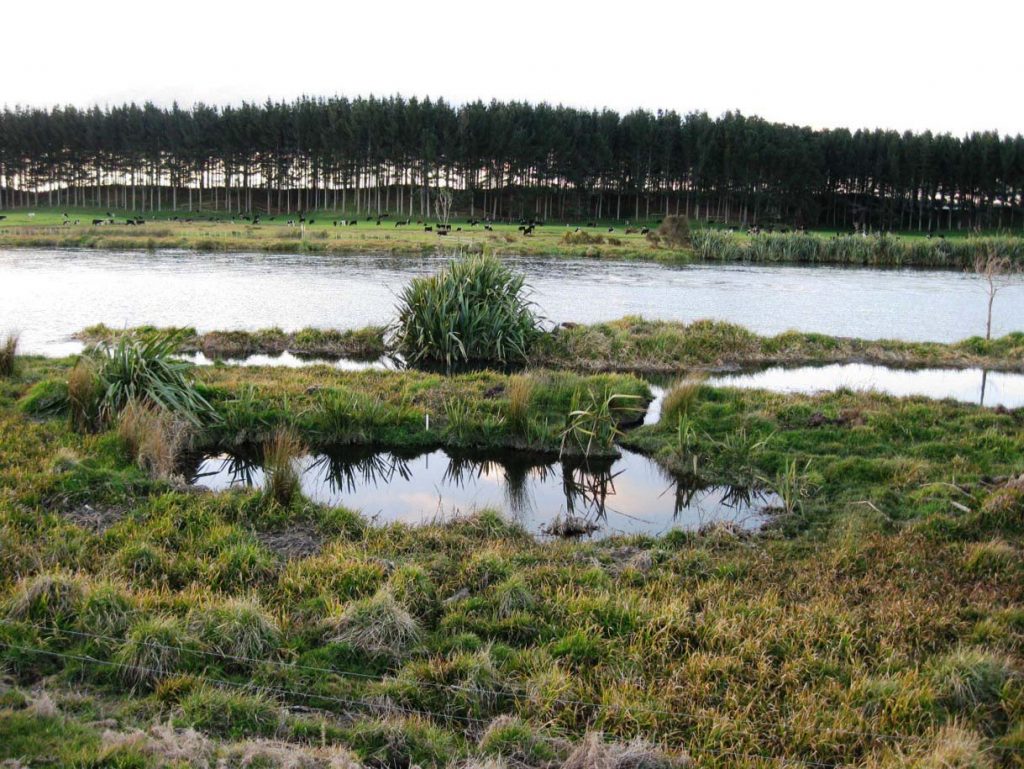Habitats
The main types of ecosystem MOWS are concerned with in terms of restoration and conservation work are sand dunes and wetlands. These are extremely important habitats for a wide range of native species, as well as protecting the coastline from erosion, and the waterways from pollution.
Even here in clean green New Zealand, human impact on the environment is significant. Deforestation, building, pollution, introduction of invasive species, and conversion of land use to farming and agriculture has drastically changed our landscape and ecosystems.
Thankfully there are now many organisations and community groups carrying out vital ecological restoration and conservation work, and the attitude of the populations seems to be changing in favour of protecting our unique biodiversity.
Sand Dunes
Sand dunes are critically endangered ecosystems, supporting a wide variety of specialist native flora and fauna. They have declined significantly in the past century, partly due to coastal development and invasive plant species.
Dunes are nature’s flood defence system, allowing sand to be dragged out during a storm to create sandbars, which reduce the power of the waves hitting the beach. The sand is then gradually returned to the beach and the dunes build up again over time.
This process is negatively affected by the use of marram grass (Ammophilia arenaria) to stabilise dunes. This European grass creates a steep dune profile, causing storm waves to gouge out the front of the dune, leaving an almost vertical face which takes a long time to repair itself. It also creates a narrow beach, and leaves little area for nesting birds above the high tide line.
In contrast, native grasses such as spinifex (Spinifex sericeus) and pingao (Ficinia spiralis) result in a shallower gradient and allow dunes to rebuild in a shorter space of time. As this photo shows, the grasses do an amazing job of holding the dune together, even after a storm.

Wetlands
Wetlands are nature’s filters; sifting harmful substances from the water, as well as protecting against floods and erosion. They are especially important in areas where land has been heavily modified for farming and horticulture, as they filter out the sediment, nutrients and fecal contamination before it enters rivers or oceans.

Nutrient runoff from farms can sometimes be linked to algal blooms, some of which as toxic to humans and animals. Even those that aren’t can be detrimental to the environment in that they can literally choke the waterways, leaching the oxygen out of the water and creating ‘dead zones’. It can also clog up the gills of fish.
Wetlands provide habitat and food for many species, and recreational areas for activities such as fishing and tramping. The wetland areas around Maketu are home to a wide range of resident and migratory shorebirds and seabirds, as well as proving vital habitat for young fish such as inanga.
Much of the former wetland in the area was drained for use as grazing for stock, and is often flooded during storms as it is still very low lying. This, along with invasive plant species, have changed the ecology of the wetlands around Maketu, but we are working hard to increase our project areas and increase and protect wetland areas and the species that call it home.

